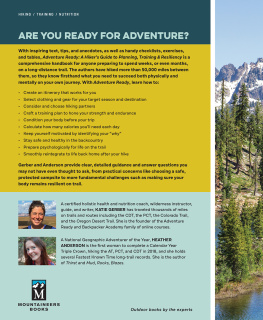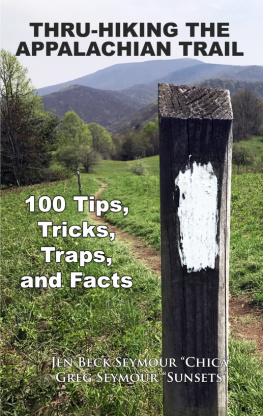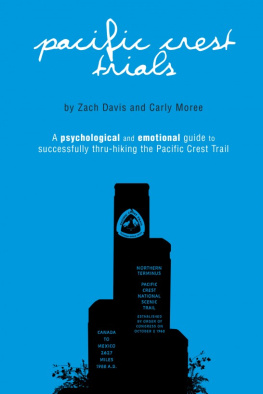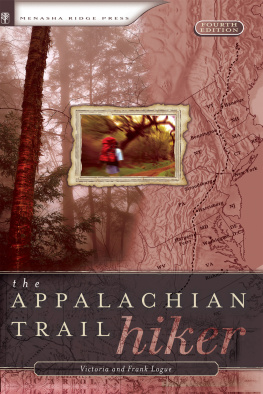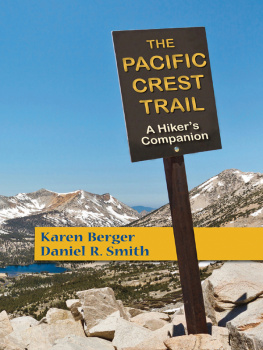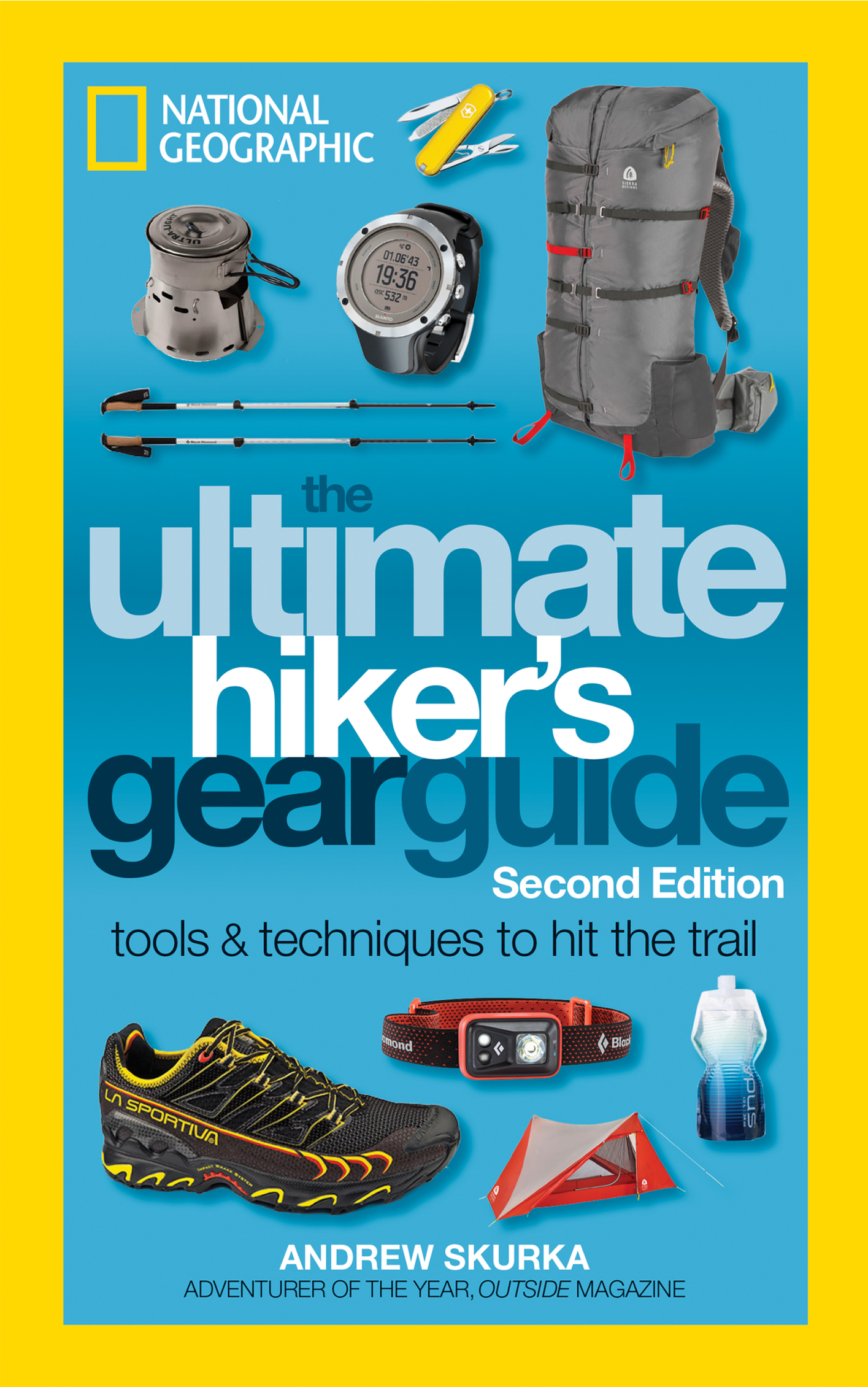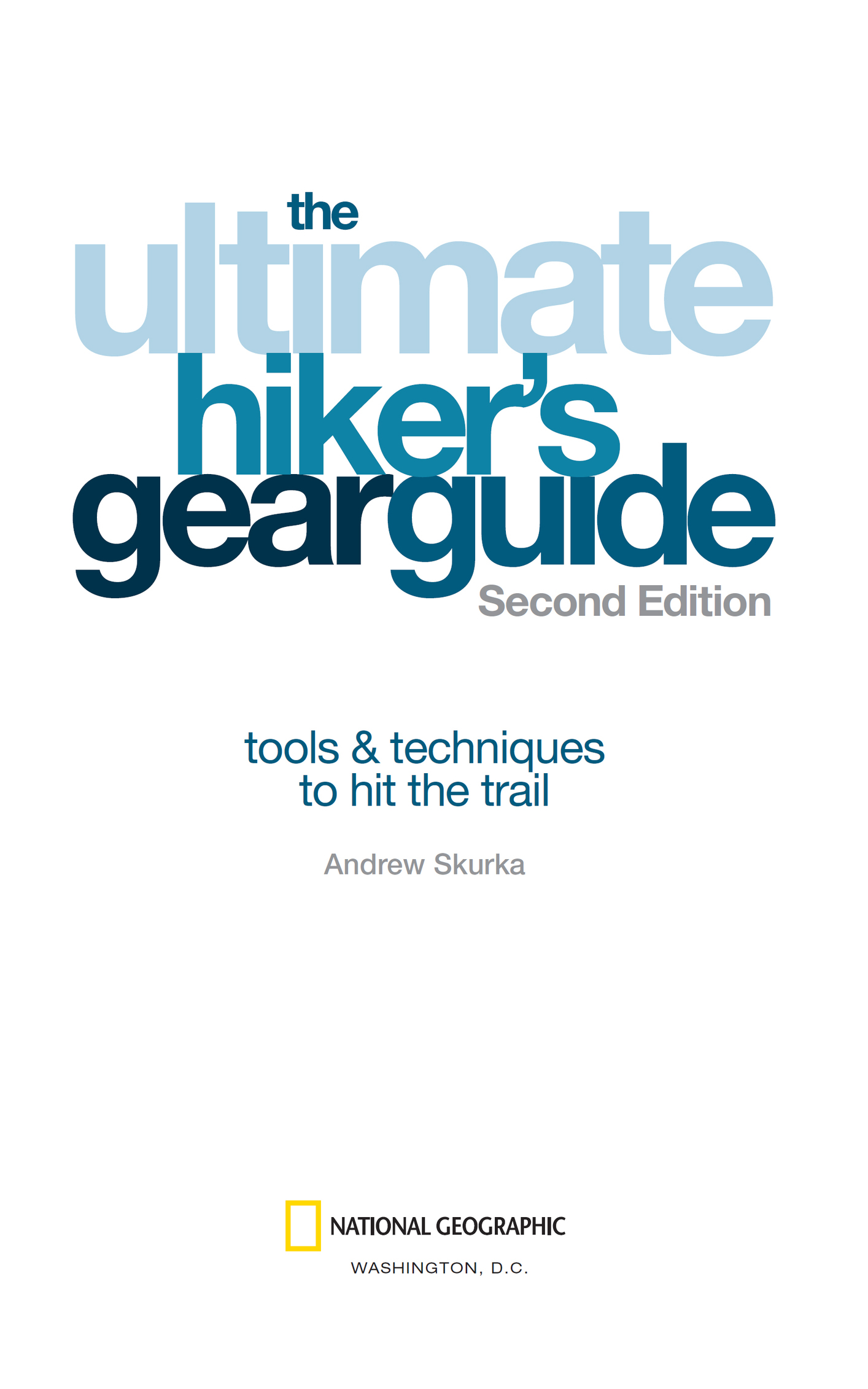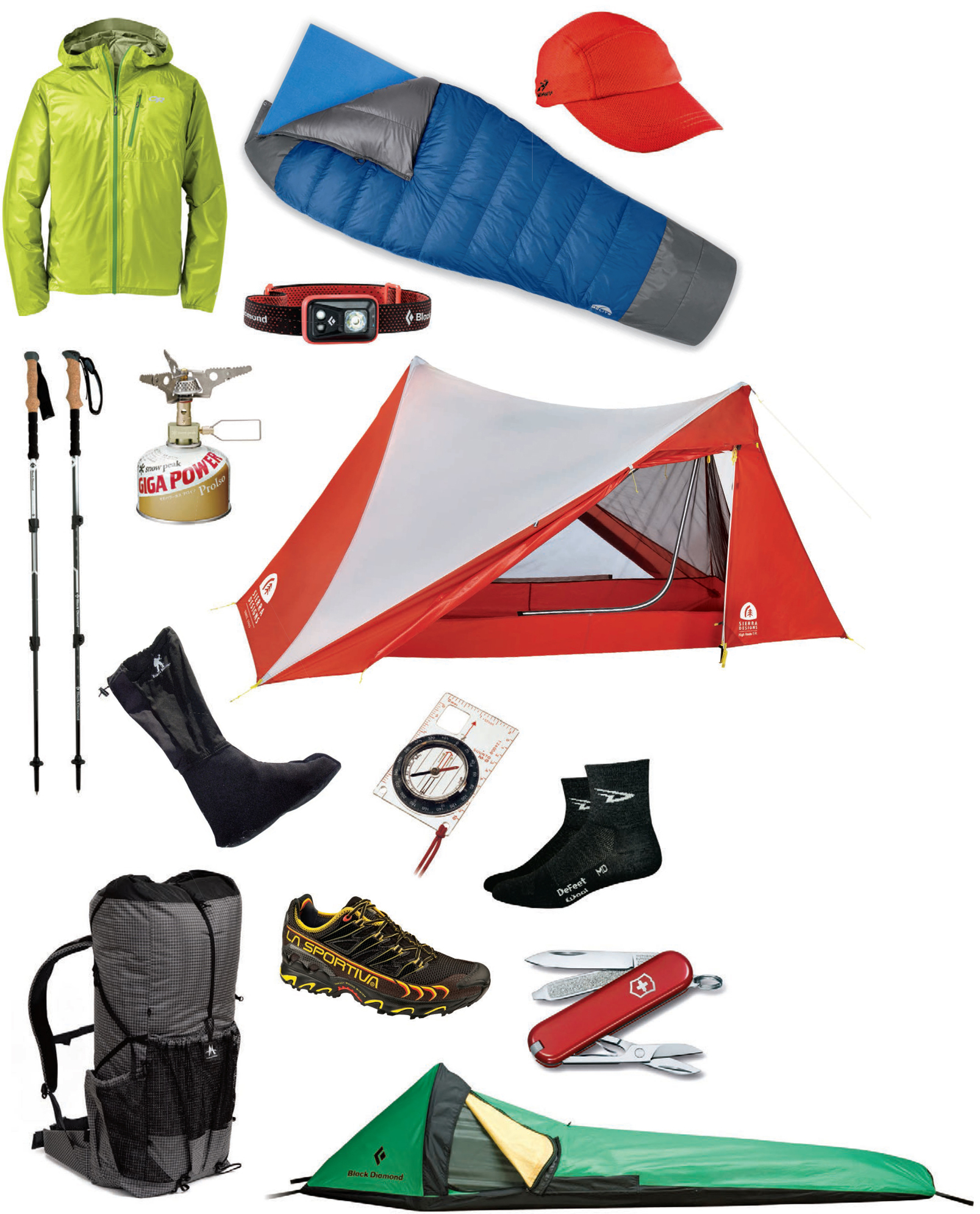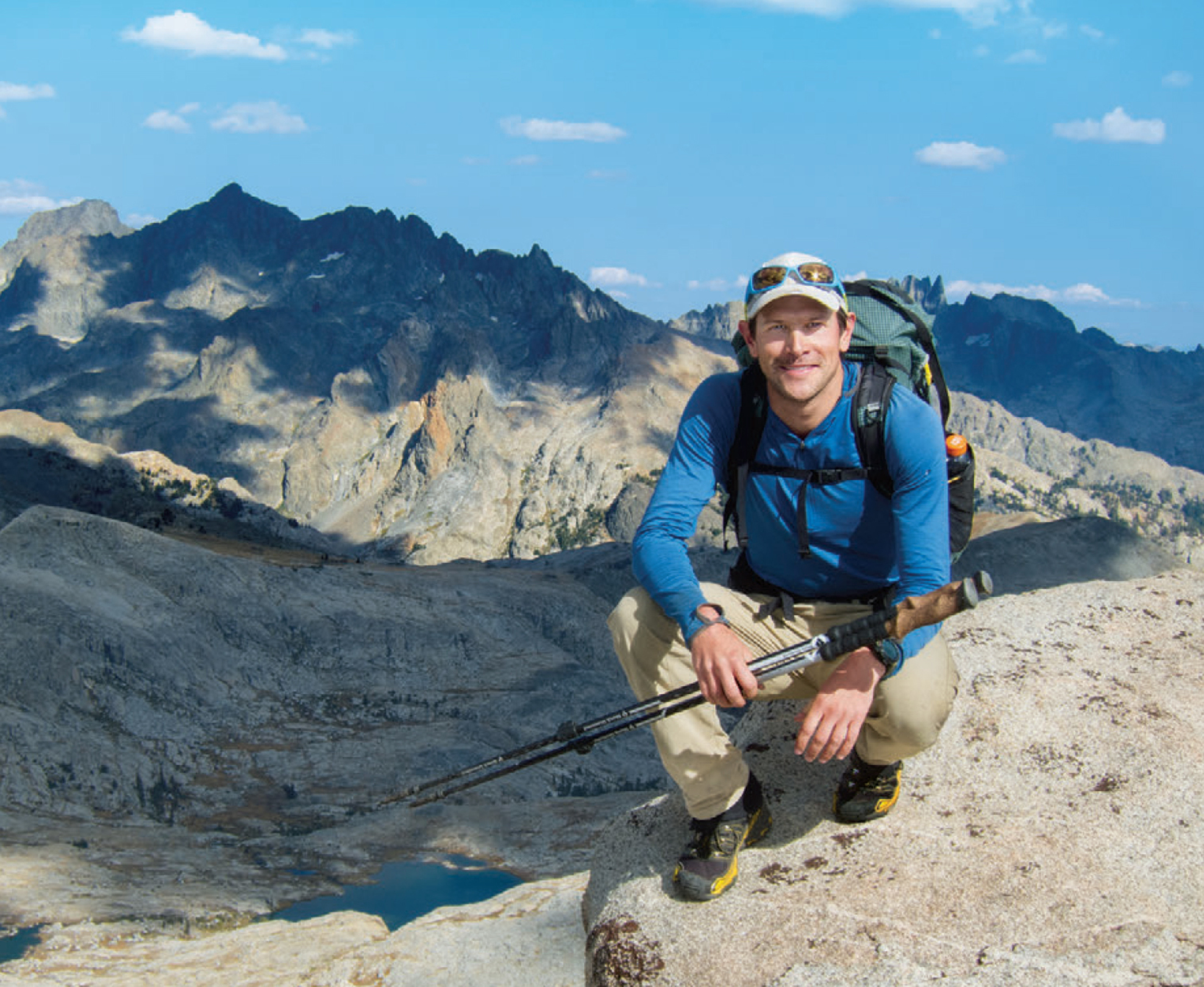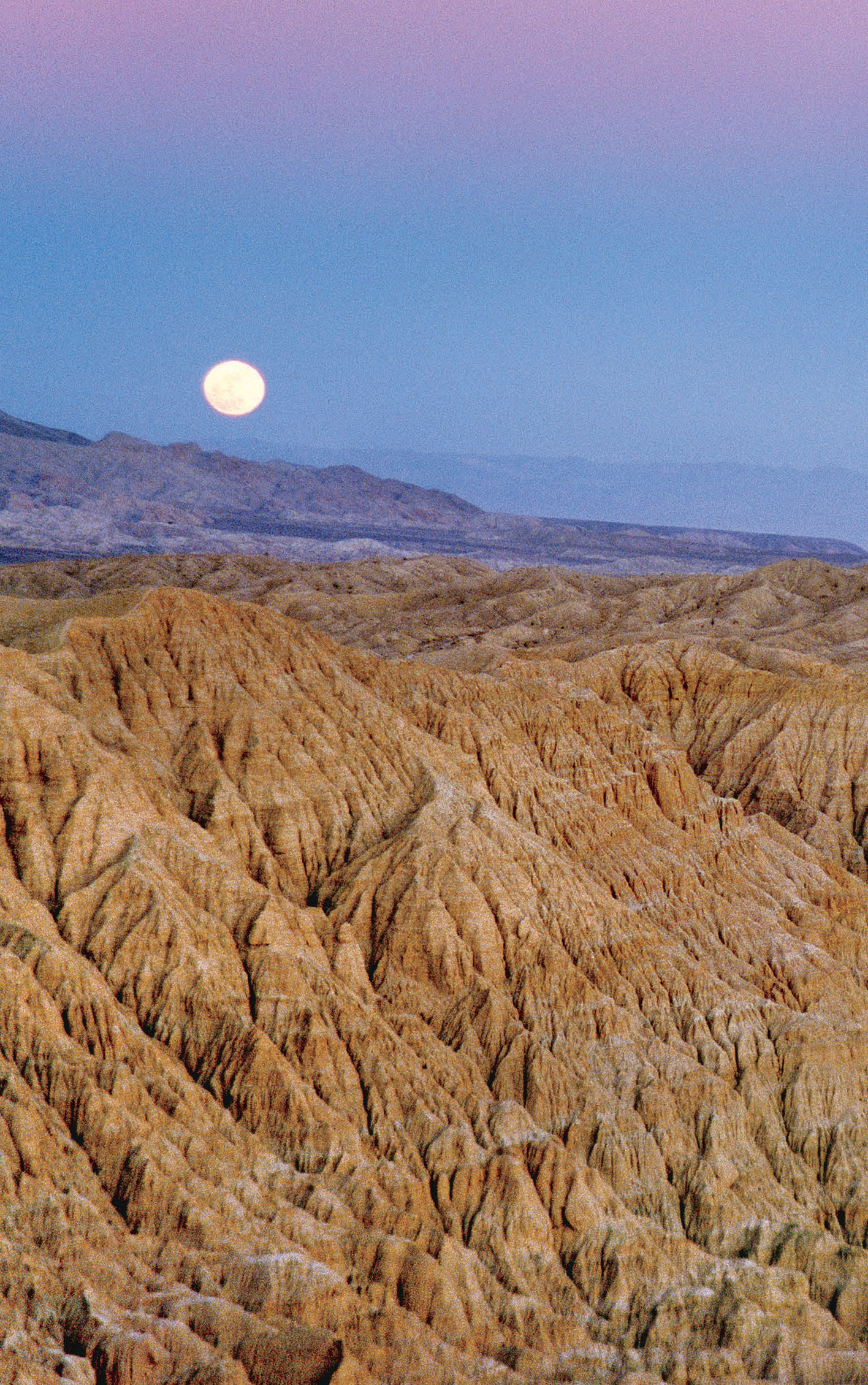Contents
Since 1888, the National Geographic Society has funded more than 12,000 research, exploration, and preservation projects around the world. National Geographic Partners distributes a portion of the funds it receives from your purchase to the National Geographic Society to support programs including the conservation of animals and their habitats.
National Geographic Partners
1145 17th Street NW
Washington, DC 20036-4688 USA
Become a member of National Geographic and activate your benefits today at natgeo.com/jointoday.
For rights or permissions inquiries, please contact National Geographic Books Subsidiary Rights:
Compilation Copyright 2017 National Geographic Partners, LLC. Text Copyright 2017 Andrew Skurka. All rights reserved. Reproduction of the whole or any part of the contents without written permission from the publisher is prohibited.
NATIONAL GEOGRAPHIC and Yellow Border Design are trademarks of the National Geographic Society, used under license.
All content and information published in this book is provided to the reader as is and without any warranties. The situations and activities described in the book carry inherent risks and hazards. The reader must evaluate and bear all risks associated with the use of the information provided in this book, including those risks associated with reliance on the accuracy, thoroughness, utility, or appropriateness of the information for any particular situation. The authors and publisher specifically disclaim all responsibility for any liability, loss, or risk, personal or otherwise, which is incurred as a consequence of the use and application of any of the contents in this book.
ISBN9781426217845
Ebook ISBN9781426217968
16/QGT-QGL/1
v4.1
a
contents
introduction
My most successful backpacking trips have been those for which I had honest, accurate, and well-informed answers to three questions: 1) What are my objectives, in terms of the time I will spend hiking relative to camping? 2) What environmental and route conditions will I likely encounter, such as temperatures, precipitation, and biting insects? 3) What gear, supplies, and skills will best help me achieve my objectives and keep me safe and comfortable in those conditions?
These three questions form the framework of this book. , youll find sample gear lists to use as templates and checklists.
It is not widely recognized but ought to be: There are differences in backpacking styles. One extreme is to spend most of your day hiking; camp is considered an eight-hour recharge between efforts. The other is to stay mostly in or near camp to fish, journal, earn merit badges, or relax, perhaps hiking to reach another base of operations. Most backpackers associate more strongly with one approach but ultimately prefer a balance.
No backpacking style is superior. Hike your own hike, the refrain goes. And it is not permanent: Your style may change based on the circumstance and your company. Whatever your style, though, your tools and techniques need to be optimized for it.
Last summer, for instance, on solo thru-hikes of the Kings Canyon High Basin Route and Wind River High Routewhich have extensive off-trail travel and substantial vertical reliefI packed minimal equipment and calorically dense food, hiked sustainably from dawn to dusk, and embraced the physical and mental challenges as part of the experience. In contrast, when my wife, Amanda, and I hiked the Aspen Four Pass Loop on our anniversary weekend, we carried a fully enclosed tent, Kindle, and fresh produce, and we stopped often to take photographs, brew coffee, and avoid burnout. Each trip, in its own way, was a success.
I wrote this book for backpackers who want to more fully enjoy the hiking component of their trips, which should be the case with all but the most devout campers. This book will most benefit beginners and intermediates who do not yet know how to pack lightly and move efficiently, and thus find hiking to be overly strenuous and unproductive. They default to camping, because it seems more fun. In the course of guiding more than 55 learning-intensive trips with 400-plus clients in the past five years I have become deeply familiar with this demographic.
This is not a lightweight backpacking book. I will not present arbitrary pack weight guidelines, argue that lighter is always better, turn my nose up at backpackers who carry the proverbial kitchen sink, or ignore instances of stupid light, whereby weight-savings efforts undermine comfort and safety.
The know-how Ive shared in this book was mostly gained the hard way, by making mistakes. Im confident in the resulting recommendations but readily admit that other options may be feasible, especially in the context of your experience and preferences.
To help you assemble your kit, I have listed specific brands, products, prices, and weights, even though this will more quickly outdate the text. But I tried to focus on product types, not specific products, to prolong its value.
Eventually these product types will lose relevancy, but one tenet remains timeless: Carry on your back and between your ears what is appropriate for your trip objectives and the conditions.
I wrote this book for backpackers who want to enjoy hiking more.
part
why, when & where
Badlands in Anza-Borrego Desert State Park, California
On every backpacking trip I need clothing, footwear, shelter, a sleeping bag and pad, food and water, and various other items. But my exact selectionsfor instance, a short- or long-sleeved shirt, a double-wall tent or hammock, or an alcohol or canister stoveare informed by trip-specific considerations: 1) What am I hoping to accomplish during this trip? and 2) What types of conditions am I likely to encounter?
If I neglect to ask these questions, its unlikely that I will be properly prepared. I dont care to admit how often its happened. My pack may be too heavy for the ambitious route I had planned, or I may pack too few camp comforts for a more relaxed itinerary. Or I may mistakenly leave behind items that would have enhanced my safety and comfort, while carrying others that I never would have needed.



